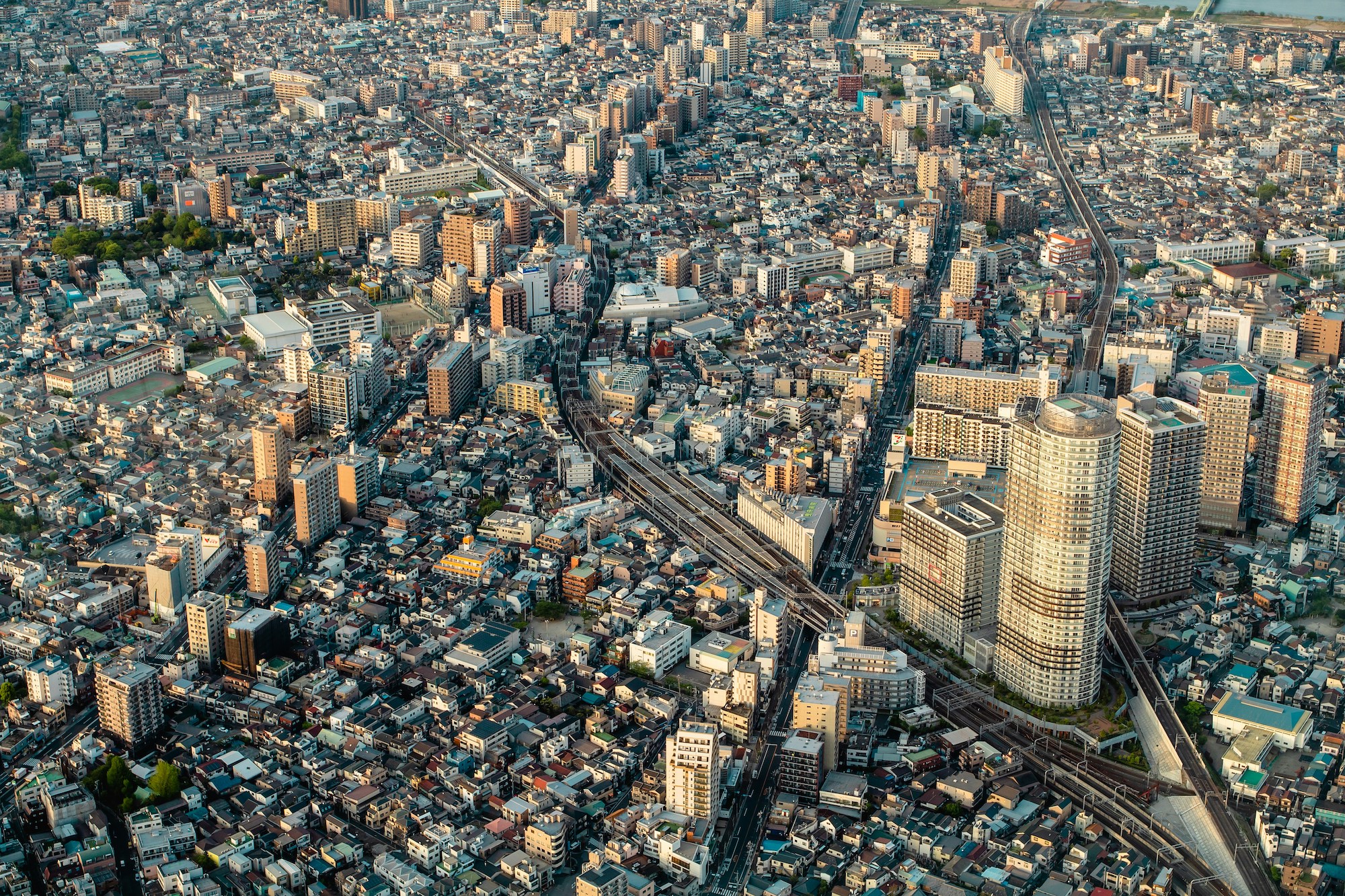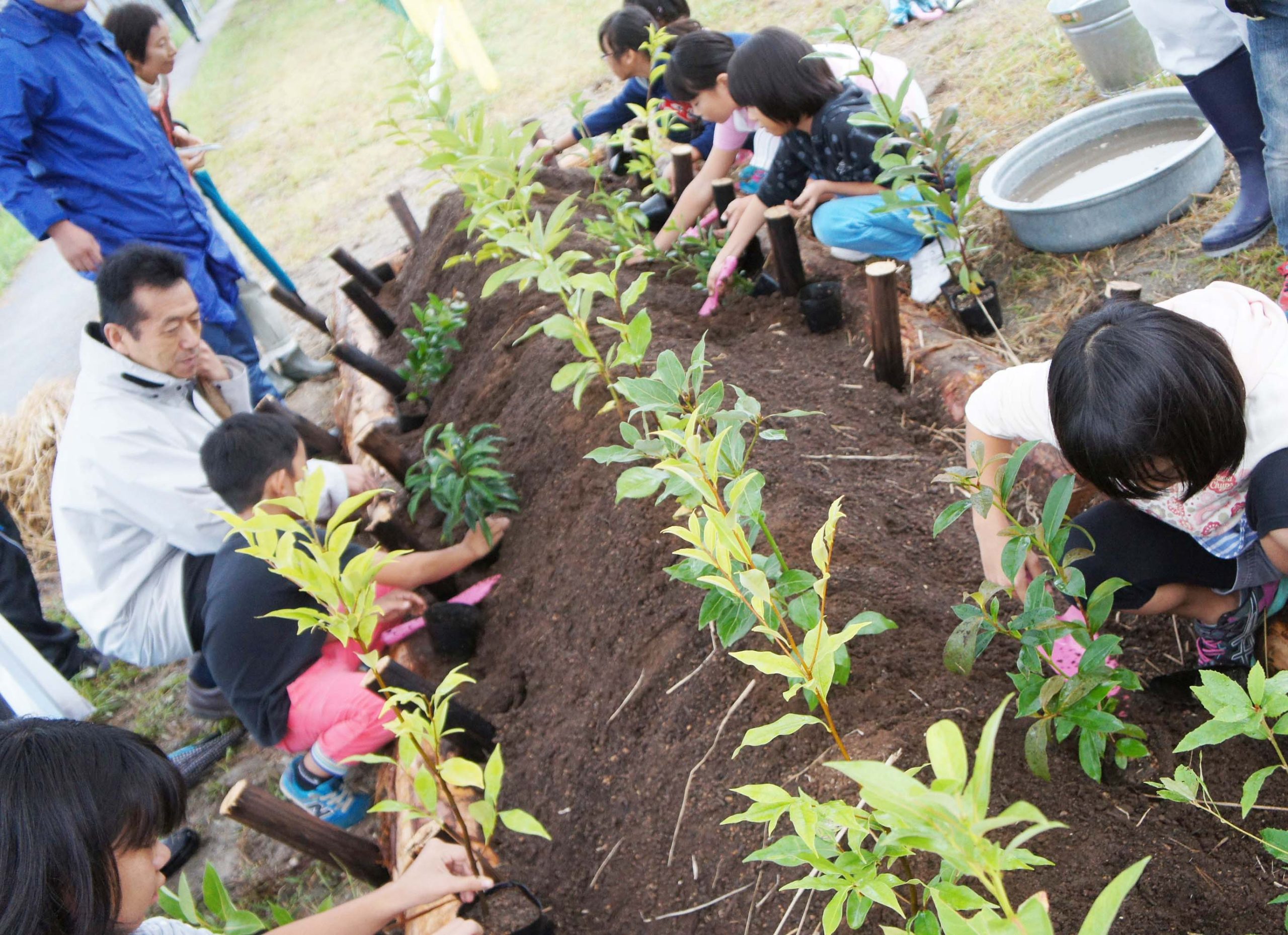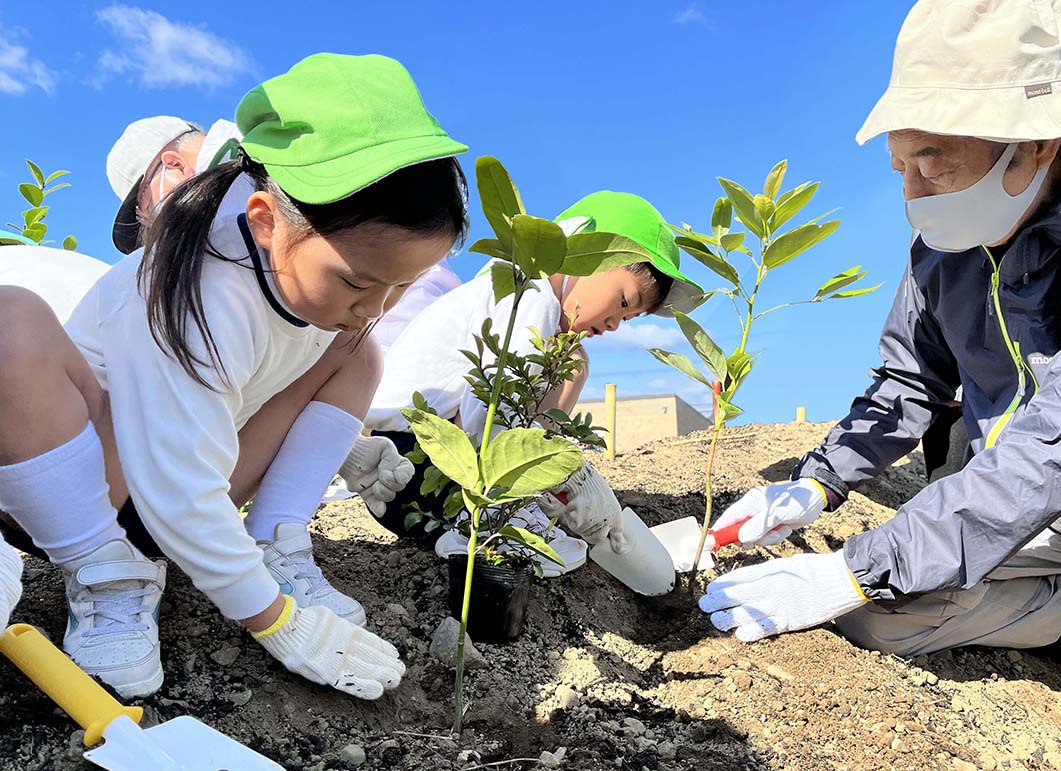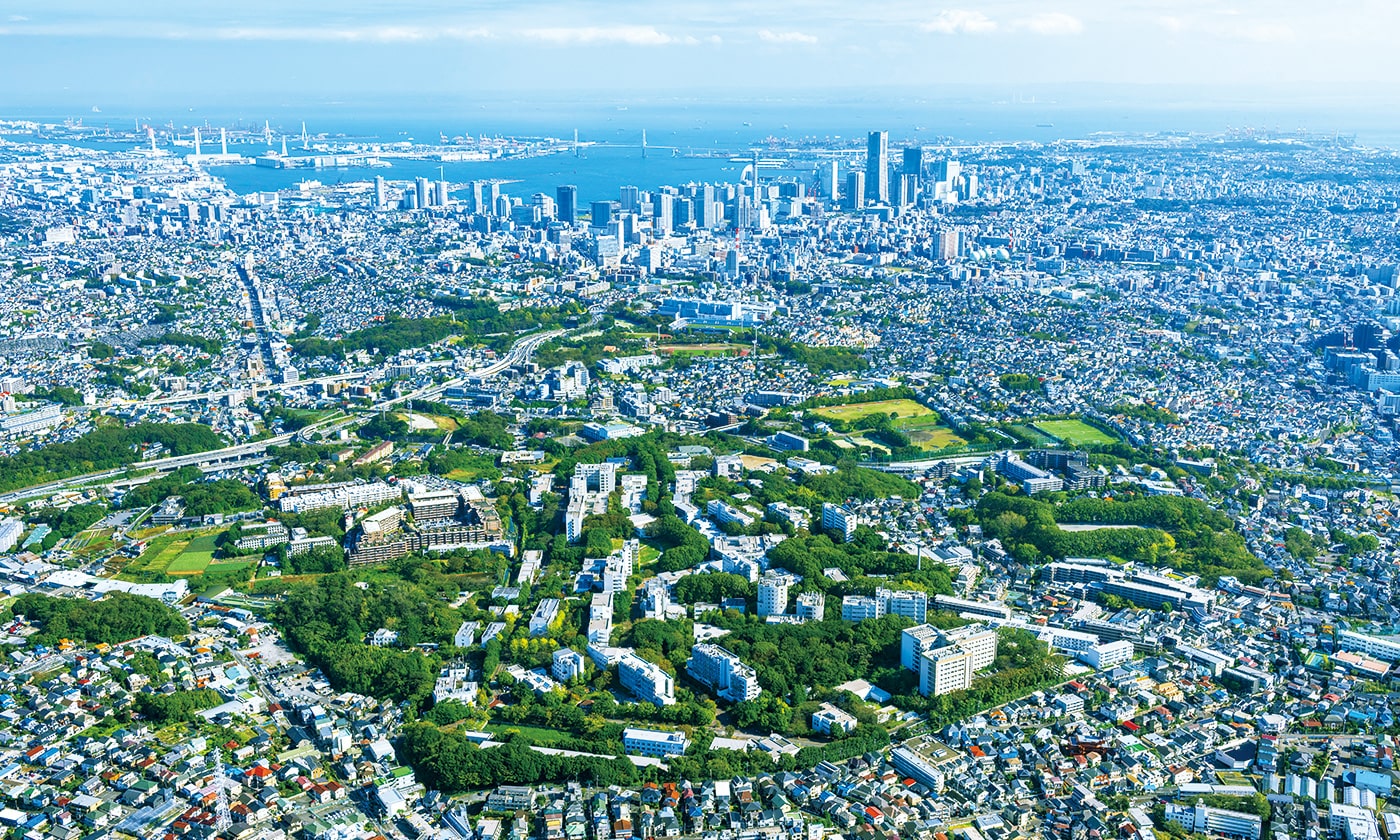
Updated on July 22
International Symposium: Miyawaki Forests and Urban Forests
- Towards the Creation of Miyawaki Forests as Nature Labs in Schools
Background
Since its inception in Japan about 50 years ago, Miyawaki forests have gained global attention and recognition as a fast and effective way to develop forest ecosystems within small areas, suitable even for urban landscapes. The importance of Miyawaki forests as a community activity, education tool and even as a biodiversity conservation measure will only increase in the decades to come.
The G20 Global Land Initiative was established by the G20 countries in Riyadh in 2020, during the Saudi Arabian Presidency of the G20. The Initiative aims to translate the commitment of the G20 leaders to achieve a 50% reduction in degraded land by 2040. Increasing awareness among children and communities about land degradation and opportunities for restoration is an integral part of the strategy of the G20 Global Land Initiative. In this context, the G20 Global Land Initiative is planning to organize, with partners, in Japan in 2024, an international Symposium on Miyawaki Forests and Urban Forests – especially “Towards the Creation of Miyawaki Forest as Nature Labs in Schools”.

Sumida Ward, Tokyo, an urban desert with very little green space.
@joyousdevil
Objectives:
- To bring together key experts, enthusiasts and supporters of Miyawaki Forests and other urban forest initiatives to discuss how to increase the scale and implementation of urban forest ideas
- To bring together key organisations, such as UNCCD, UNEP, FAO, IUCN, WWF, UNESCO and ICRAF, who could help support and promote urban forest concepts globally
- To discuss experiences and strategies for urban forest implementation, in particular, school-forest experiences and strategies globally, and to come out with recommendations for scaling up and coordination.
- Explore the potential of Miyawaki forests as nature labs in schools.
- Discuss how these labs can connect young people and children with land, nature, and biodiversity.
- Showcase successful school implementations of Miyawaki forests.
- Share strategies for fundraising and resource mobilization for school-based nature labs.
- Highlight how Miyawaki Forests can be used to increase awareness about climate change, biodiversity loss and land restoration.

Ominato Elementary school

Kindergarten in Hannan City, Osaka Prefecture
Target Audience:
- Technical experts with expertise in implementing Miyawaki Forests/Urban Forests globally
- Organisations, including UN, NGO, Private Sector and others, who have the capacity to project the idea globally
- School administrators from around the world who have experience and interest in implementing Miyawaki/Urban Forests globally
- Mayors and other city administrators with interest and experience in implementing Miyawaki/Urban Forests globally
- Communities, including urban communities and gated communities, with interest and experience in implementing Miyawaki/Urban Forests globally
- Media personnel who have the potential to promote Miyawaki and Urban Forests globally
Education ministers, education administrators, school owners, and curriculum developers, people who created Miyawaki Forest.
Symposium schedule (tentative):
Updated on August 30
| Day 1:
October 10 (Thu), 2024 |
|
|---|---|
|
Day 2:
October 11 (Fri), 2024 |
|
Site Visits (tentative):
Following the symposium, participants can embark on optional site visits to various locations:
- Training for making potted seedlings/saplings, in the morning, and renowned Japanese gardens and natural landmarks, offering inspiration for nature-based learning (Hama-Rikyu Garden in Tokyo), in the afternoon of Oct. 12
- Participation in a Miyawaki plantation ceremony with common people/children, in the morning, and participants visit a primary school with established Miyawaki forests) (interact with teachers, and experience the nature lab firsthand after plantation, in the afternoon of Oct. 13. (Additional schools with Miyawaki forests, showcasing unique approaches and settings)
- Visiting a Miyawaki school forest and participating in a plantation at a school on Oct. 14.
The symposium and activities will be published after all activities.
Venue: Yokohama National University (YNU)
Yokohama City is located in the eastern part of Kanagawa Prefecture and next to the Tokyo Metropolitan area. It is the second most populous metropolis in Japan, with ca 3,770,000 people living on 435.43km2. Although Yokohama is a large city located just 30 minutes from the center of Tokyo, it has a beautiful port that is visited by foreign cruise ships; a group of historic buildings that still retain traces of the time when the port first opened; and parks that blend into the cityscape. Following the Japan-US Treaty of Amity and Commerce concluded on July 29, 1858, Yokohama Port opened in 1859 and has since developed into one of Japan’s leading trading ports. Many foreigners live in the city, including in Yokohama Chinatown, the world’s largest Chinatown, and the city retains an exotic atmosphere and unique culture. Having experienced a unique transition from small fishing village to Japan’s second largest city in just 150 years, it is the starting point of Western culture in Japan, including railways, daily newspapers, city lights, water supply, tennis, and beer. Yokohama National University (YNU) is located in the east-central part of Yokohama. Its predecessor, Yokohama Normal School, was founded in 1876, and the new system university, Yokohama National University, opened in 1949. The Tokiwadai Campus was established in 1974, on the site of the relocated Hodogaya Country Club, integrating campuses that had been scattered in several places. Miyawaki forests in Yokohama National University began in 1976 around Prof. Miyawaki’s new office. Campus planning of Miyawaki forests was decided in 1979, from the main gate to various campus spaces, to commemorate the 30th anniversary of YNU’s founding.

Quoted from Yokohama National University homepage
Access to Yokohama National University (YNU):
Updated on August 9
The West Exit of Yokohama Station:
[By Subway] About 40 minutes
Take the Blue Line (Yokohama Municipal Subway Line 3) in the direction of Azamino.
-> Stay on the train for about 10 minutes (4 stops) until you reach Mitsuzawa-Kamicho Station (三ツ沢上町駅).
-> Go out the ticket gate of Mitsuzawa Kamimachi Station and go up the stairs of “Exit No. 2” on the right side, and you will find yourself along Route 1. Go out “Exit 2” and turn right.
From Mitsuzawa-Kamicho Station, it’s about a 10-15 minute walk to the main gate of Yokohama National University.
For the walking route from Mitsuzawa-Uemachi Station to the symposium venue on the Yokohama National University campus, please refer to routes B to A marked on the Google map below.
It is a 3-minute walk from the main gate of Yokohama National University to the main meeting room of the Kyoiku Bunka Hall, where the symposium will be held.
[By Taxi] If you take a taxi from the west exit of the station, it will take about 15 minutes to the main gate of YNU.
[By Bus] A bus takes you directly to YNU from the west exit of Yokohama Station (runs only on weekdays).
For more information
Access to Yokohama
Haneda Airport Terminal 3:
[By Airport Shuttle Bus] About 30 minutes.
Haneda Airport Terminal 3 -> Yokohama Station (Sky Building 1F adjacent to Yokohama Station)
For more information
[By Keikyu Airport Line] About 30 minutes.
Haneda Airport Terminal 3 Station -> Yokohama Station
For more information
[By Tokyo Monorail & Japan Railways] About 40 minutes.
Haneda Airport Terminal 3 Station -> Hamamatsucho Station (Transfer to JR Tokaido Line or JR Yokosuka Line) -> Yokohama Station
For more information
Access to Yokohama
Narita International Airport:
[By Narita Express] About 1 hr. 30 minutes.
JR Narita Airport Station (seat reservation) -> Yokohama Station
For more information
[By Airport Shuttle Bus] About 1 hr. 30 minutes.
Narita Airport Bus Stop -> Yokohama Station (Sky Building 1F adjacent to Yokohama Station)
For more information
Introducing some accommodation recommendations:
Updated on July 22
“International Symposium: Miyawaki Forests and Urban Forests” will be held at Yokohama National University. Here, we would like to introduce three hotels on the west exit side of Yokohama Station which will provide easy access to the university. We kindly ask you to make reservations by yourselves.
Near The West Exit of Yokohama Station:
Yokohama Bay Sheraton Hotel & Towers (high class)
The Yokohama Bay Hotel Tokyu (superior class)
Hotel PLUMM Yokohama (economy class)
Hotel Yokohama Camelot Japan (economy class)
Near The Sakuragicho Station:
There are several good, inexpensive hotels in Sakuragicho. It takes approximately 5 minutes to travel from Sakuragicho Station to Yokohama Station using the JR Negishi Line (Keihin-Tohoku Line).
JR East Hotel Mets Premier Yokohama Sakuragicho (economy class)
APA Hotel & Resort Yokohama Bay Tower (economy class)
Hotel Resol Yokohama Sakuragicho (economy class)
| Secretary General: | Makoto Nikkawa (Secretary General of MORINO PROJECT)
info@morinoproject.com |
|---|---|
| Executive Committee: | Kazue Fujiwara, Elgene O. Box, Grey Coupland, Shin-ichi Suzuki, Teruko Sano, Mio Urata, Kazuhiro Mizuta, Shin-ichi Suzuki |
| Organizers: | Muralee Thummarukudy, Director, Global Land Initiative, UN Convention to Combat Desertification, Bonn, Germany, mthummarukudy@unccd.int
MORINO PROJECT |
| Symposium fee: | free |
| Deadlines: | June 15: Applications to G20 for staying grants
(Send to Dr. Muralee Thummarukudy mthummarukudy@unccd.int) July 5: Registration July 5: Abstracts for oral and poster presentations (Oral presentations are for case studies of Miyawaki school forests; poster presentations are for other Miyawaki forest activities) Aug. 7: Announcement of oral or poster presentations August 19: Sending of presentation PDFs to the Secretariat for bilingualization of English and Japanese |

MORINO PROJECT (Public Interest Incorporated Foundation)
Address: 2F 372 Toranomon Building 3-7-2 Toranomon Minato-ku Tokyo 105-0001 JAPAN
Tel: +81 (0)3-6432-0085
Mail: info@morinoproject.com
